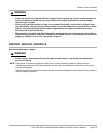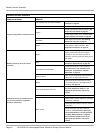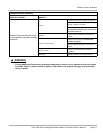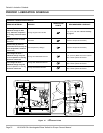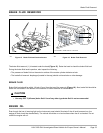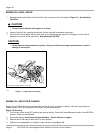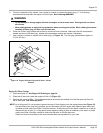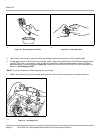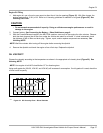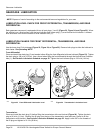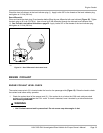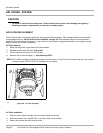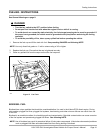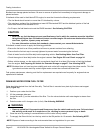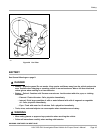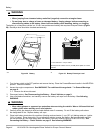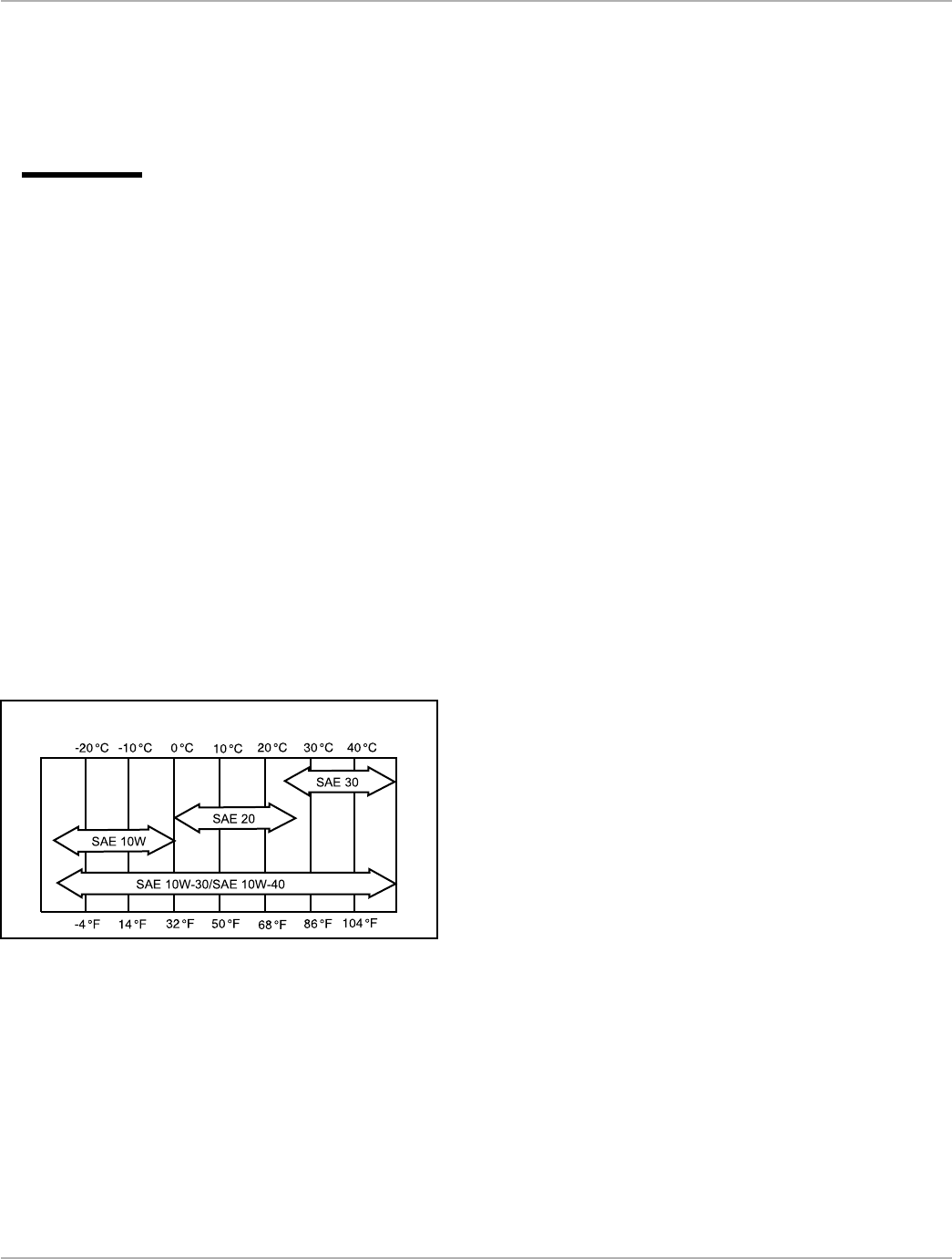
Engine Oil
Engine Oil Filling
1. Add engine oil; use a funnel or pour spout to direct the oil into the opening (Figure 21). With lter change, the
engine requires 3 qt. (2.8 L) of oil. Refer to oil viscosity guidelines for selection of oil grade (Figure 22). See
following CAUTION.
CAUTION
• Do not exceed recommended oil capacity. Doing so will decrease engine performance or result in
damage to the engine.
2. Connect battery. See Connecting the Battery – Diesel Vehicles on page 9.
3. With the Forward/Reverse handle in the NEUTRAL position, start and run the engine for a few minutes. Observe
both the drain plug and the oil lter from under the vehicle and watch for oil leaks. If a leak is detected, check
the tightness of the oil lter and drain plug. Tighten, repair, and/or replace components as necessary. See
following NOTE.
NOTE: Wait ve minutes after turning off the engine before removing the dipstick.
4. Remove the dipstick and check the engine oil as a nal step. Replace the dipstick.
OIL VISCOSITY
Choose the viscosity according to the temperature as shown in the appropriate oil viscosity chart (Figure 22). See
following NOTE.
NOTE: Use engine oil with API classication CF for diesel engines.
Using multi-grade oils (5W-20, 10W-30, and 10W-40) will increase oil consumption. If multi-grade oil is used, check the
oil level more frequently.
SAE 10W-30/SAE 10W-40
SAE 20
SAE 30
SAE 10W
214
Figure
22 Oil Viscosity Chart – Diesel Vehicles
HUV 5420 DX
R
Homologated Diesel Vehicle for Europe Owner’s Manual Page 37



